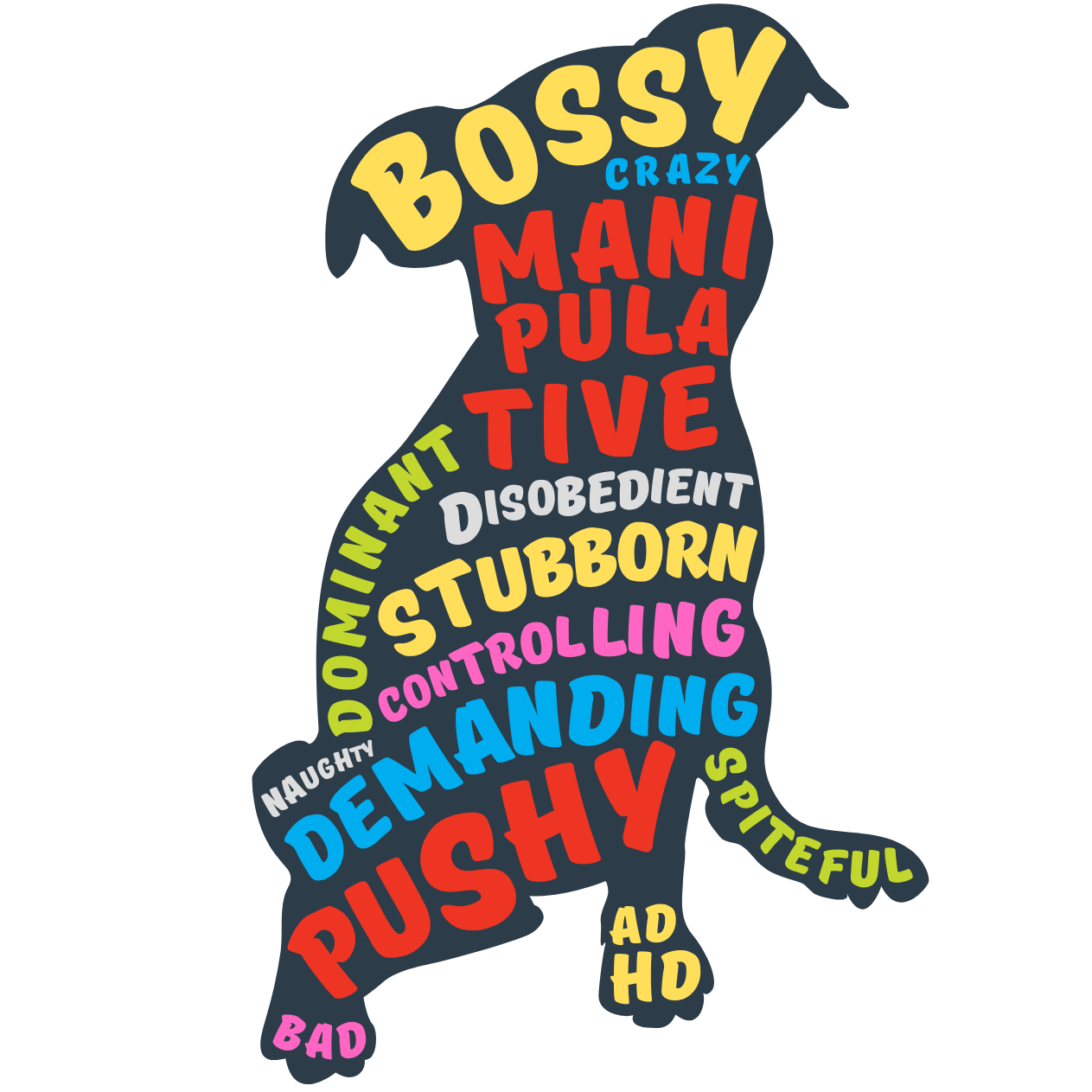Labeling Dogs
“The problem with labels is that they lead to stereotypes and stereotypes lead to generalizations and generalizations lead to assumptions and assumptions lead back to stereotypes. It’s a vicious cycle, and after you go around and around a bunch of times you end up believing that all vegans only eat cabbage and all gay people love musicals.”
— Ellen DeGeneres
Labeling others affects our feelings and emotions about them. The stories we tell ourselves when we assign those labels influence what we see and how we respond. If a dog is “stubborn,” why would you ever seek motivation? Labels stop good training before it has a chance to make a difference.
Labeling also misses the function of behavior. Missing this valuable information can cause us to view a dog as a problem instead of an an individual struggling with frustration, anxiety, fatigue, discomfort, or over-arousal. When we see the dog as having a hard time (rather than giving us a hard time), we will seek ways to help them. We will become problem solvers.
Use verbs, not adjectives.
When describing observable behavior and body language, use objective language. Language that is subjective (such as “the dog is happy”), may be misinterpreted because we all have a different picture of what a “happy” dog looks like. Using objective language (such as “the dog’s tail is wagging fast, and the carriage is high, etc.”) informs us without creating bias.
